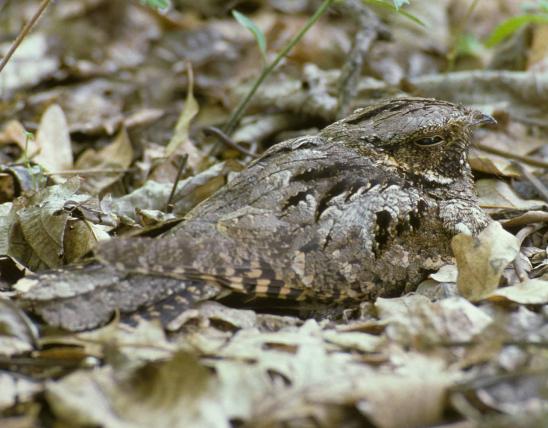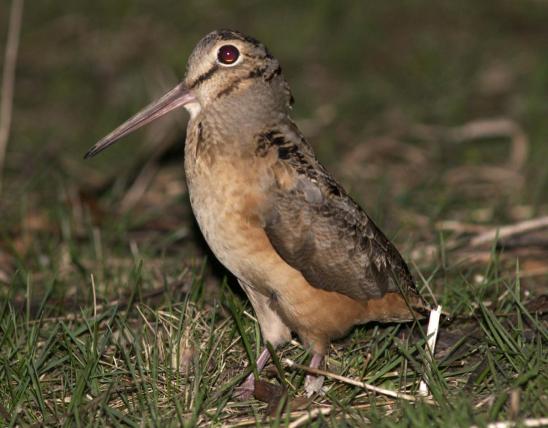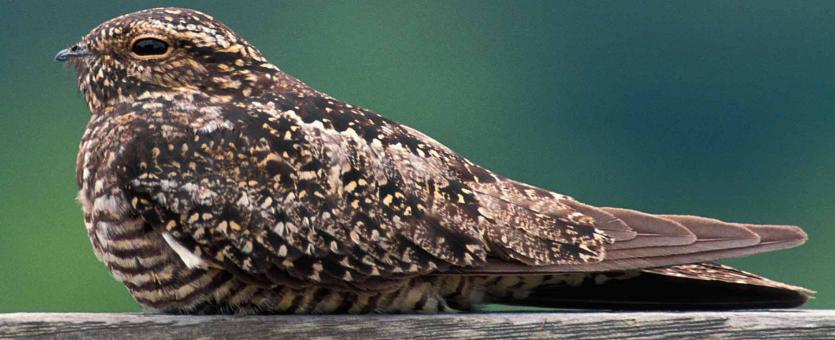
Nighthawks are brown with a white mark on the underside of each wing that can be seen when they fly. Nighthawks have an erratic flight like a bat with quick flaps, glides, and darting movements. The shape is falconlike, with a long, tapered body and narrow, pointed wings. The cryptically colored plumage is gray, black, and tan on the upperparts, and white with narrow dark bands on the underparts. Adult male has white patches in the middle of the outer wing, a white chevron on the throat, and a white band near the tip of tail. Female has a buffy throat and dark tail. The distinctive harsh, nasal peent call is given in flight.
Similar species: Nighthawks are easy to identify from their call and from their darting, swooping flight. Their overall flight habit and the broad white patch on their wings distinguishes nighthawks from similarly sized birds.
Length: 9½ inches (tip of bill to tip of tail).
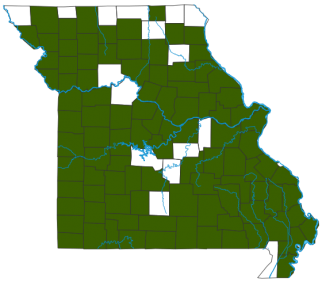
Statewide.
Habitat and Conservation
Commonly seen flying at dawn and dusk in urban and suburban areas, where they nest on flat gravel roofs. They sometimes build ground nests on glades, barrens, prairies, and rocky ledges and treeless ridgetops, as they did before buildings were available. Look for them around streetlights, and also above native prairies and Ozark glades. They perch parallel with medium-sized branches, making them appear to be part of the branch.
Food
Nighthawks forage for flying insects by darting about and chasing them in the early morning or at dusk. They often focus their efforts where insects are drawn to streetlights. Their large gaping mouths help them capture prey in midair. The long, forward-facing whiskers around their mouths help them locate insects and channel them into the mouth.
Status
Common summer resident. Declining throughout their range due to loss of habitat and food. They are not closely related to hawks and falcons, although they somewhat resemble the latter. Their closest Missouri relatives are the whip-poor-will and Chuck-will’s-widow. Birds in this family are called nightjars for the jarring cries they give at night. They are also called goatsuckers, from ancient European folklore that claimed birds in this family drank milk from the teats of goats.
Life Cycle
Common nighthawks arrive here in late April. Courtship displays are dramatic. The male dives straight toward the ground, his feathers making a loud whirring sound, then swoops back into the sky. People can view this from flat rooftops or parking lots in urban and residential areas, wherever the female is located. Nighthawks lay their eggs directly on soil, on stumps, or on flat, gravel rooftops. In September, waves of nighthawks pass through Missouri as they migrate to South America.
Human Connections
Some old Ozark folklore held that nighthawks (called “bullbats” in their dialect) could change into whip-poor-wills, and some folks claimed that both of these plus the “raincrow” (yellow-billed cuckoo) — were all the same, hard-to-see species, just singing different songs at different times of day.
Ecosystem Connections
Nighthawks feed voraciously on flying insects, checking their numbers. In their natural setting, they and their eggs and young, though well camouflaged on the ground, are eaten by many predators such as raccoons, skunks, and snakes. As migrants, they play roles in ecosystems everywhere they travel.

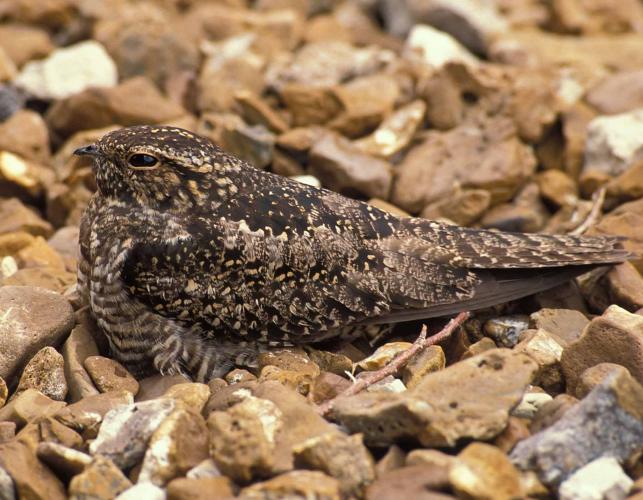
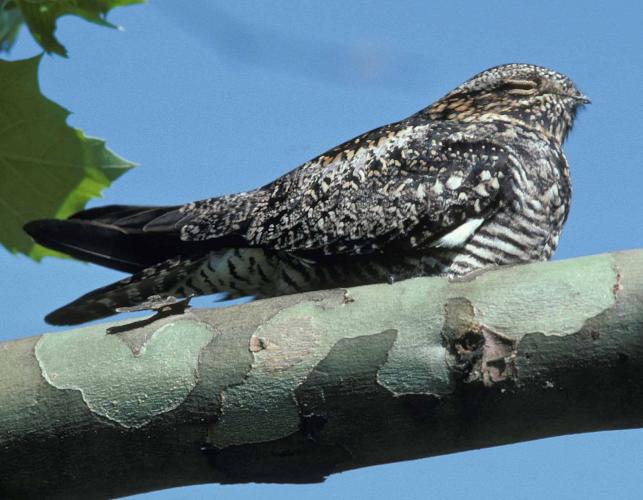
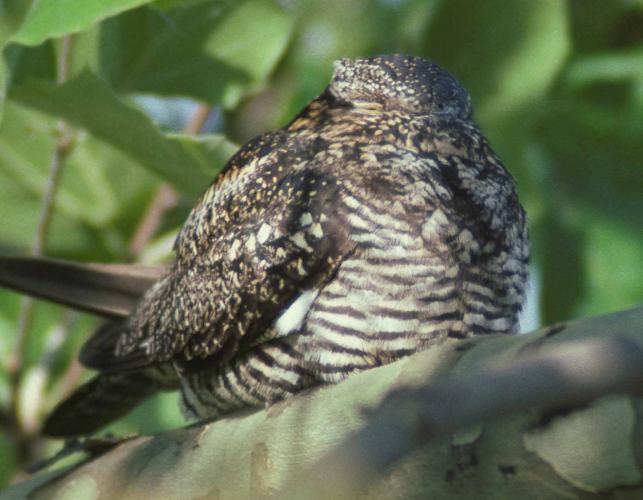
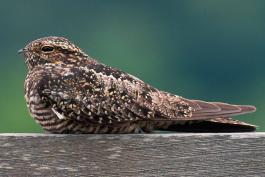
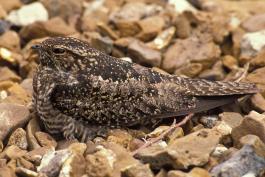
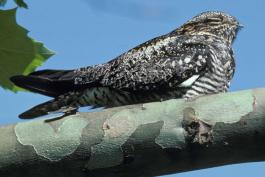
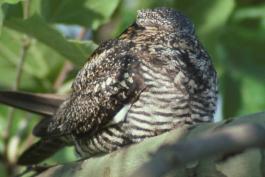
About 350 species of birds are likely to be seen in Missouri, though nearly 400 have been recorded within our borders. Most people know a bird when they see one — it has feathers, wings, and a bill. Birds are warm-blooded, and most species can fly. Many migrate hundreds or thousands of miles. Birds lay hard-shelled eggs (often in a nest), and the parents care for the young. Many communicate with songs and calls.






















